Simple(r) Chess: Safety First
It's more than just keeping pieces safe
Welcome back to Chess in Small Doses. Today we’re continuing the Simple(r) Chess series for the 4th of 5 planned posts. After a brief summer break it’s time to get back to work! Today we’re going to talk about safety in chess.
To begin, let me make a bold claim. Focusing on safety alone will get you to ELO 1700. No seriously. It’s my opinion at this point that opening, strategy, endgames, etc… they’re all nice but second fiddle to safety. None, and I mean none, of those things matter if you drop a piece or give up mate in 2. If you cannot get basic safety right, then nothing else really matters.
The reason is simple. Chess is a competition between two players who make time based decisions. Any mistake you make helps your opponent, and vice versa. What’s worse, if those mistakes lead to the loss of material, the disadvantage will remain a permanent feature of the game unless the opponent is kind enough to give some material back for free. Missing a forced sequence and getting mated is a painful lesson we’ve all had. Safety is an essential, basic skill to chess. Without it, there will be no progress no matter how many books we read.
Basic Safety
The stakes are high when it comes safety. King safety is THE most important factor. Knowing that is easy but practicing that is harder. Mating threats “should” be on everyone’s radar but are often easy to miss. For example…
I’m playing Black here in a training game and getting crushed. We both had 4 minutes on the clock and for some reason White played their rook from f1 to d1. On one hand it attacks the knight with a second piece. On the other hand it gives up mate in 2! After Re1+! my opponent resigned what had been a crushing position. Brutal. It’s all about King safety.
Another very basic form of safety is material. Honestly I didn’t make it past 1400 until I stopped dropping pieces. I still make this mistake way too often for my liking but I’m much better than I was (and so are my opponents). Here’s a game from 2019 before I started on my journey.
Notice the Black king is still in the center and the b5 pawn is attacked twice and defended only once. Best line (which I didn’t play exactly) is Rxb5 Bxb5 Bxb5+ Nd7 and then White has the choice between Bxa4 (being up a piece) or the interesting c6!? Either way, White has a crushing material advantage which is often enough to win the game despite our <1400 ELO’s. Here’s one I got wrong back then.
I’m down in material but have two passed pawns. I thought I could push d7 and promote, missing the obvious Nxd7! winning the game for Black. The rook on c1 is undefended and my king is stuck behind two pawns. Game over.
Basic material safety is the simplest of concepts but often much harder to pull off. Apparently, even 1900 level games are decided by safety according to Dan Bock from the Chess Improvement Lab. (Check out his recent interviews on Perpetual Chess and Chess Journeys) This should give us all a strong indication what matters most in chess: basic safety. Get it right, and the struggle becomes about position and strategy. Get it wrong and the chess speaks for itself.
Is This Move Safe?
Somehow, despite being simple practicing material safety is complicated to pull off. A surprisingly simple way is to ask a single question before you move: Is this move safe? I fully credit NM Dan Heisman for his one. He wrote an entire book on the idea as well as a video on the concept. He’s obviously not the only one focusing on safety (just ask Anna Cramling). But amateurs honestly struggle to apply such a basic idea. For example…
I’m playing White and I am winning. My opponent has played the desperate Re3 to attack the queen. White cannot play Nxe3 because it’s pinned to the queen. However, Rxe3 safe. So let me ask you this: after Rxe3 Bxe3 is Qxe3 safe?
Sadly for yours truly, no it is not. Rxe3 Bxe3 Qxe3 allows Qxd5+ and White will be down a full piece after Kh2 Qxc4. Turns out complex positions are challenging, shockingly. It’s not that I didn’t understand the concept of safety, it’s that I had an “error of ineptitude” to quote Dr. Gwande.
Safety in chess it turns out is not a tangible thing to be obtained, but rather it’s a habit you foster or a process you apply. I’ve written earlier in this series about taking a time out to check your move, the blunder check if you will. I like to think of this as the same habit as looking over your shoulder while driving before changing lanes. If you have to remember to perform it, you might forget or get distracted before checking your blind spot. However if you make it a habit, you do it automatically because you do it every time.
Asking the question “Is this move safe?” is exactly that habit we need to practice. Rather than the specific blunder check (“does this move allow a check?”) asking about safety is a process of becoming aware of all the threats on the whole board for both sides.
Seeing Threats
All of us know that to get better at chess you study and practice tactics. Keeping pieces safe is really about making sure they’re defended against tactics. Tactics are the deciding factor is the vast majority of amateur games (< 2200 ELO). We’re told to watch for checks, captures, and threats but that’s hard to do all the time. However, I think there’s a simpler way the Chess Steps taught it to me. You learn to see threats one move at a time.
One move threats are where we’ll start first. Let’s take the following position from one of my games and go backwards in time to illustrate the point. White to play and win:
The King and the Queen are on the same color squares which is the hint they can be forked by a knight. Nf6+ wins. Easy to see right? Well let’s go back one more move and now it’s Black to play.
Seeing the threat of Nf6+ Black needs to play something to get out of the fork. What would you play? Qe7 seems reasonable however, if Qe7 then Bxb5 wins a pawn and White has the advantage. If f5 then Qxe6+. If Kg7 then Qe5+ winning a piece. It’s a complex position with multiple threats. Black played Nf5 protecting the h5 square while not giving up a pawn. However, Black missed the most important threat by trying to keep a pawn safe and lost his Queen. It’s not that my opponent didn’t know the pattern of a knight fork. It’s that his eyes moved past the threat and only focused on other parts of the board. Missing a one move threat is easy when the position gets complex. Let’s continue the time travel, and go back one more move.
Black played Qe8 to defend the b5 pawn after I played Qe2, threatening to capture on b5. Now it’s White to move. Creating threats while keeping your pieces safe is a great way to win games. Because of that, I chose the move Ng4 to create dual threats to the b5 square and the f6 square. I didn’t do it thinking he’d allow the fork. I did it because I wanted to force him to find a good move. Turns out it’s much easier to attack than defend for amateurs.
Walking the path
Safety is a basic aspect of chess. Get it wrong and you quickly lose games. King safety is paramount, but piece safety is close behind. Practicing the habit of safety is how it becomes routine for us. The practice of noticing threats is a progressive one, one that we have to foster and develop over time.
Mastering basic safety is the path to ELO 1700 in my estimation. So how do we practice this? How do we achieve it and why is it so damn hard to improve? First of all chess is hard. Secondly it is my belief is that we improvers (at least myself) are looking for new challenges before we’ve finished the old one. We get bored repeatedly doing the same thing. We get distracted by a new course or a new opening. It’s important that we have fun in chess (it’s a game after all) but let’s be clear. Mastering safety is the only way to progress in chess from my (admittedly limited) experience.
The way to get stronger is to exercise. We all know that but walking that path is harder. Lots of people sign up for the gym, but most don’t go. The way to progress in chess is to play and practice. However, we get distracted easily by the “new” thing. The price of improvement is saying no to that new thing. It’s giving up new experiences so you can deepen your skill in another area.
Improvers can walk a very simple path to getting better - routine. A routine is something you do often, almost mindlessly. You warm up before you work out. You gather items before you leave the house. You likely travel the same way to work every day. Our brains are built to fall into routines and prefer that to thinking.
Take advantage of this. Make safety a routine part of your chess practice and chess games. Make it a habit to ask “Is this move safe?” after every move. Make it a habit to work on both simple one move tactics and more complex tactics. Do this repeatedly until you can be aware of the threats on multiple parts of the board. While you are playing try to create threats while keeping your pieces safe. Do this repeatedly for years and you will absolutely progress. Get distracted from this habit by the latest and greatest, and you’ll fall back. I know.. because I did exactly that.
Somewhere around second half of 2022 I stopped doing weekly Steps homework. It coincided with the ending of my coaching relationship and my appearance on Perpetual Chess. As you can see, it’s been downhill since.
I often lose games now because of safety errors, simple oversights that are all too human. The solution is simple, return to practicing basic safety daily both in my study and my games. I’m certain this will only help my game because it did before. It’s a common human thing to take things for granted. Sometimes things work so well, we stop doing them thinking we’ve progressed past it. However safety in chess is never unimportant. Safety is the basic skill that allows us to play a higher levels once we get it right.
Thanks for reading! I’d love to hear your thoughts and comments. I hope you’ve enjoyed it. Next time we’ll finish the series with the last post: Use Your Time. Until then!



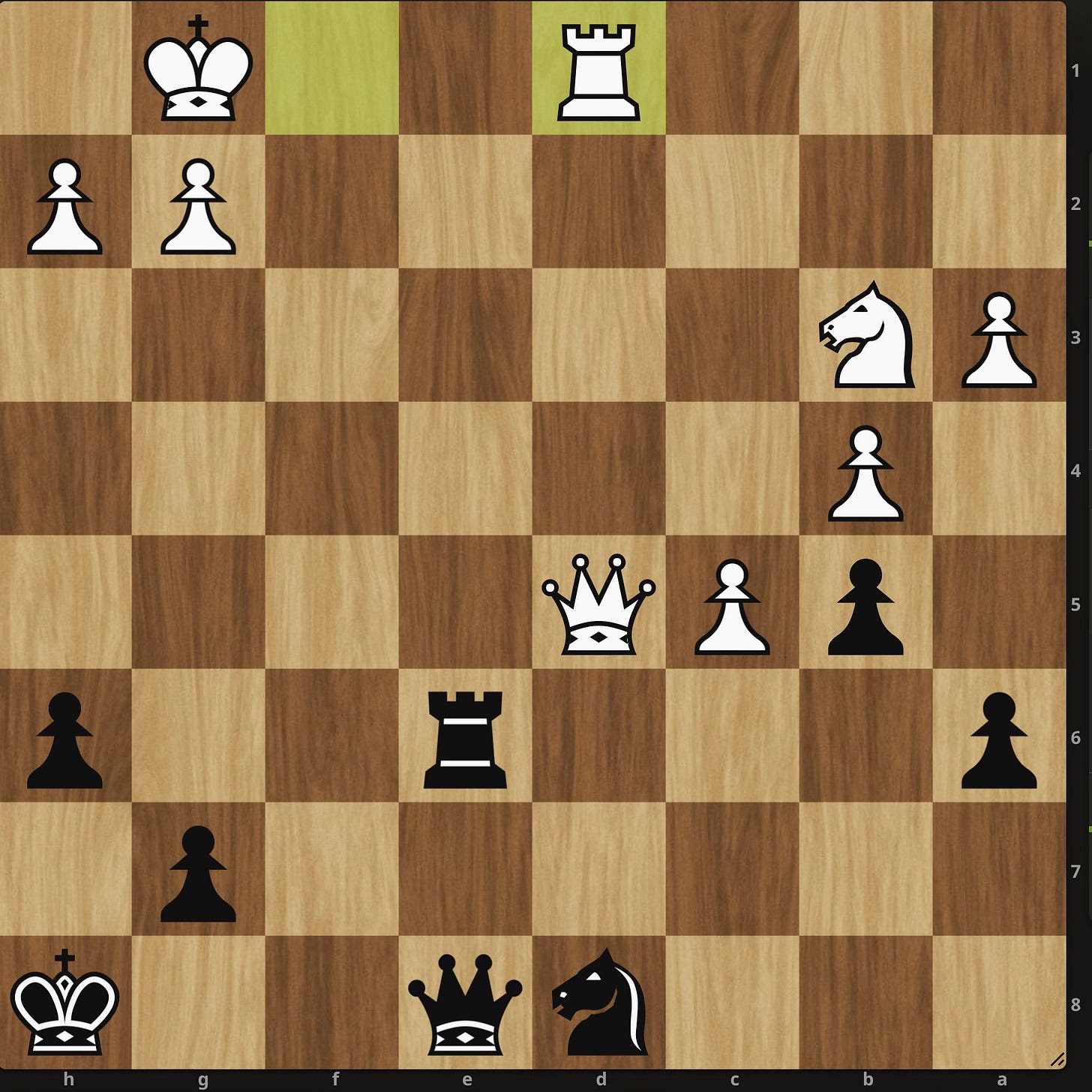
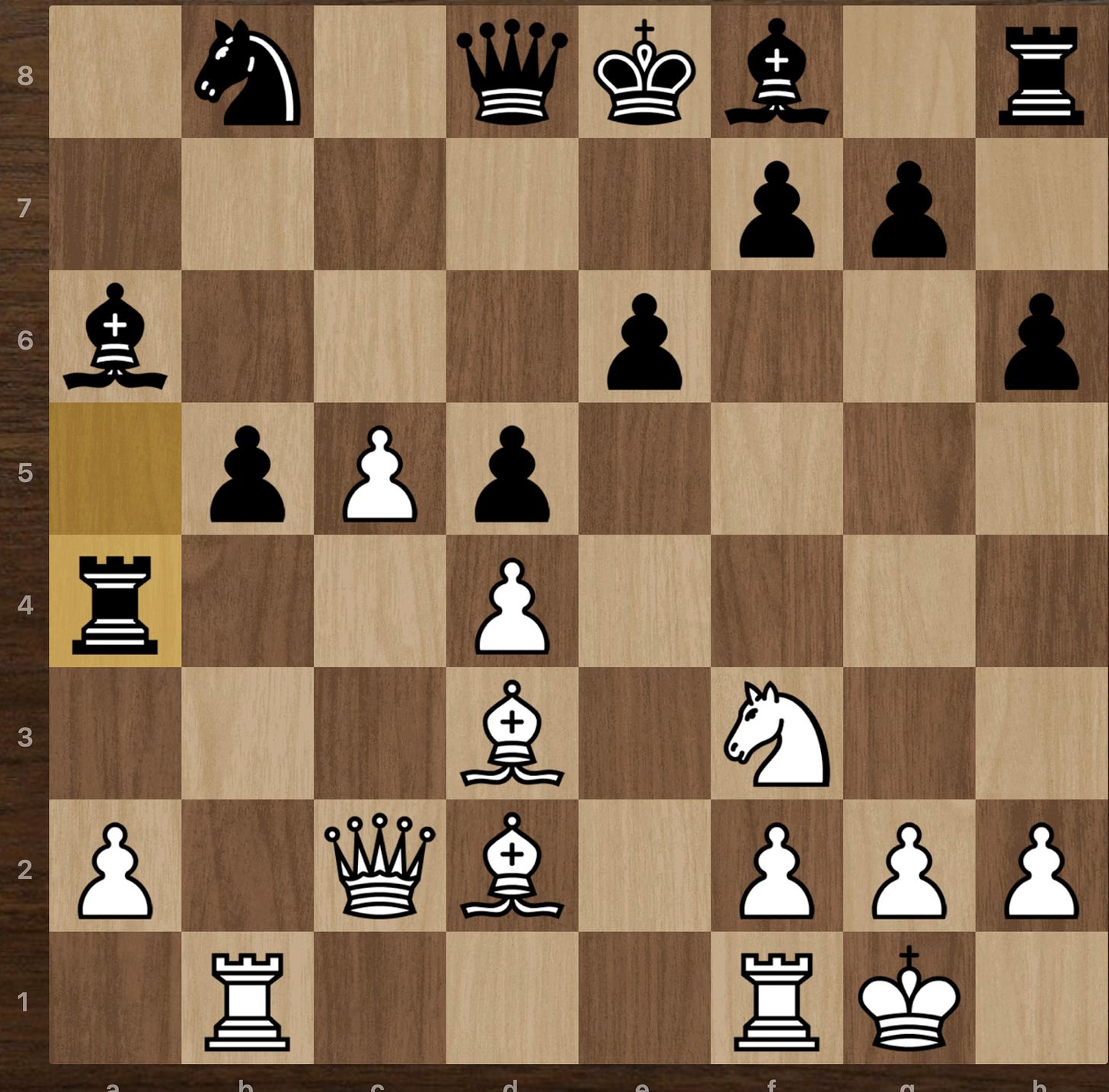
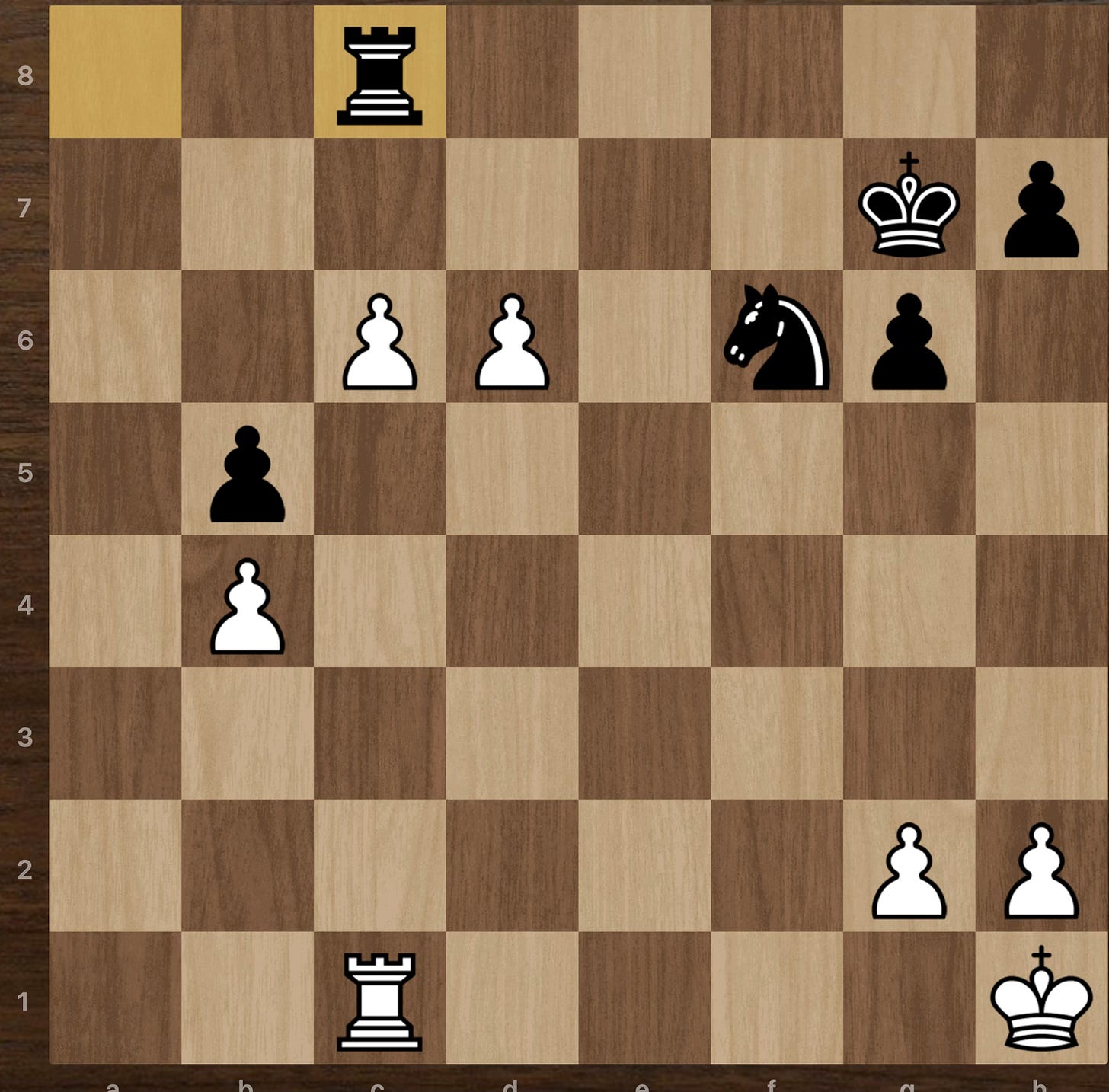
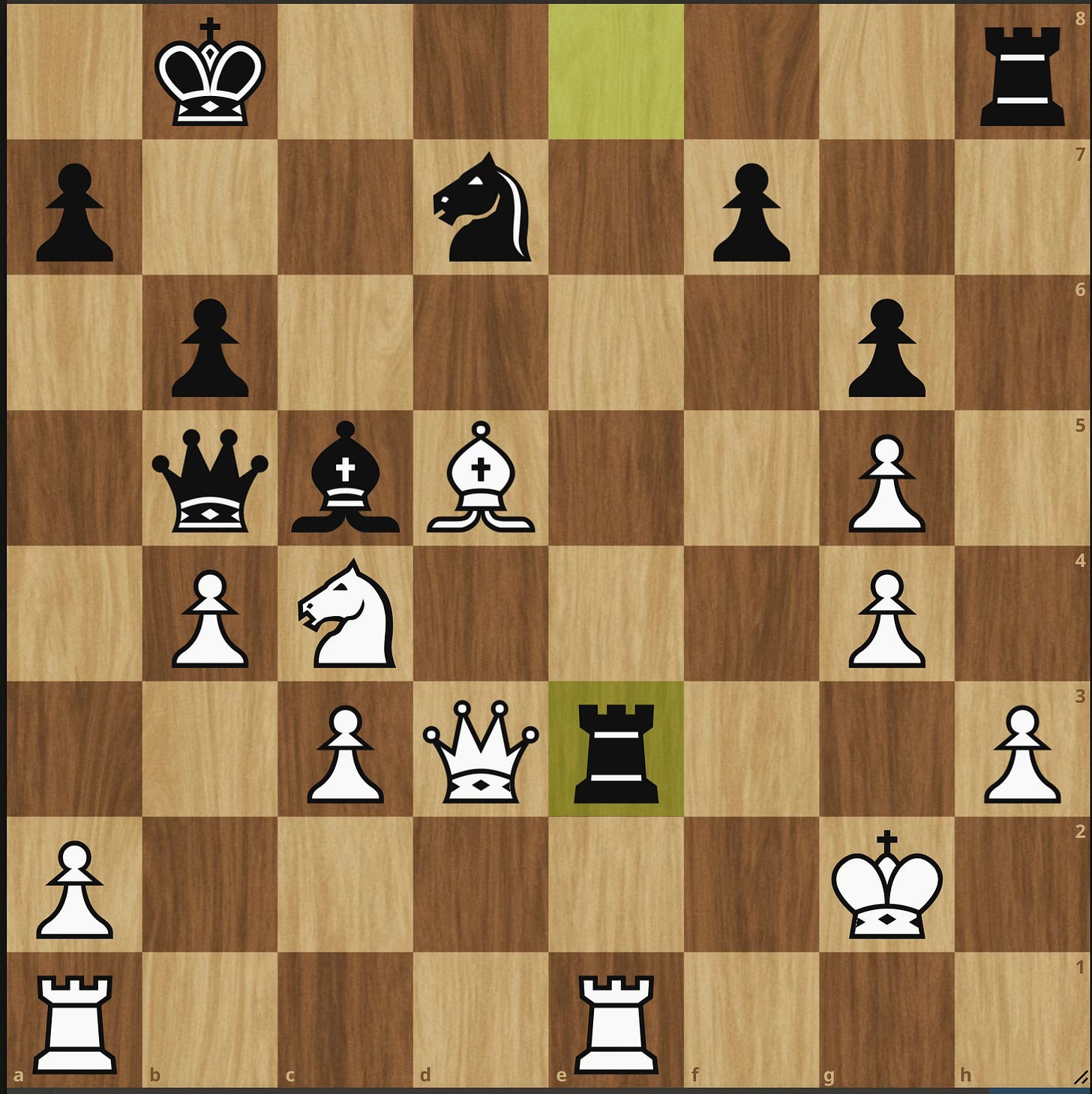

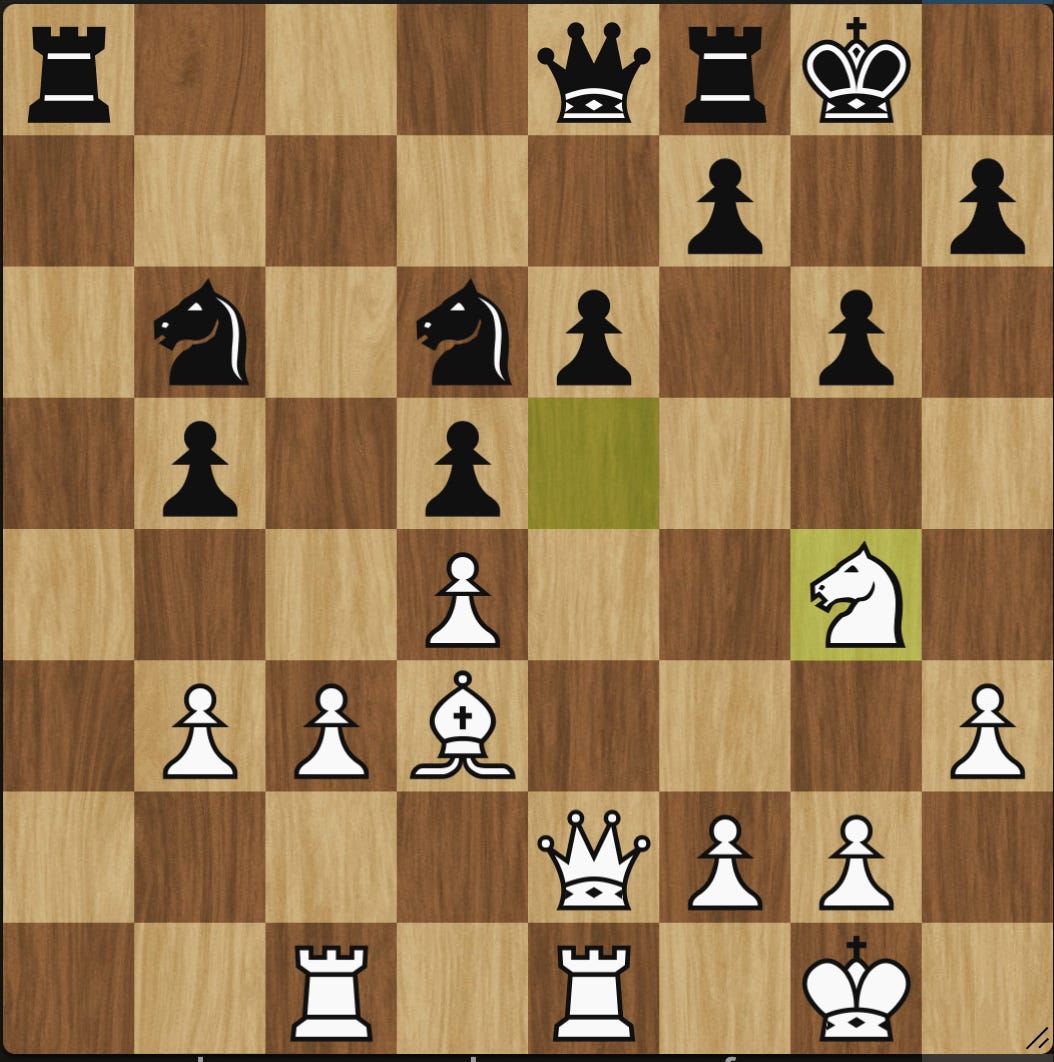
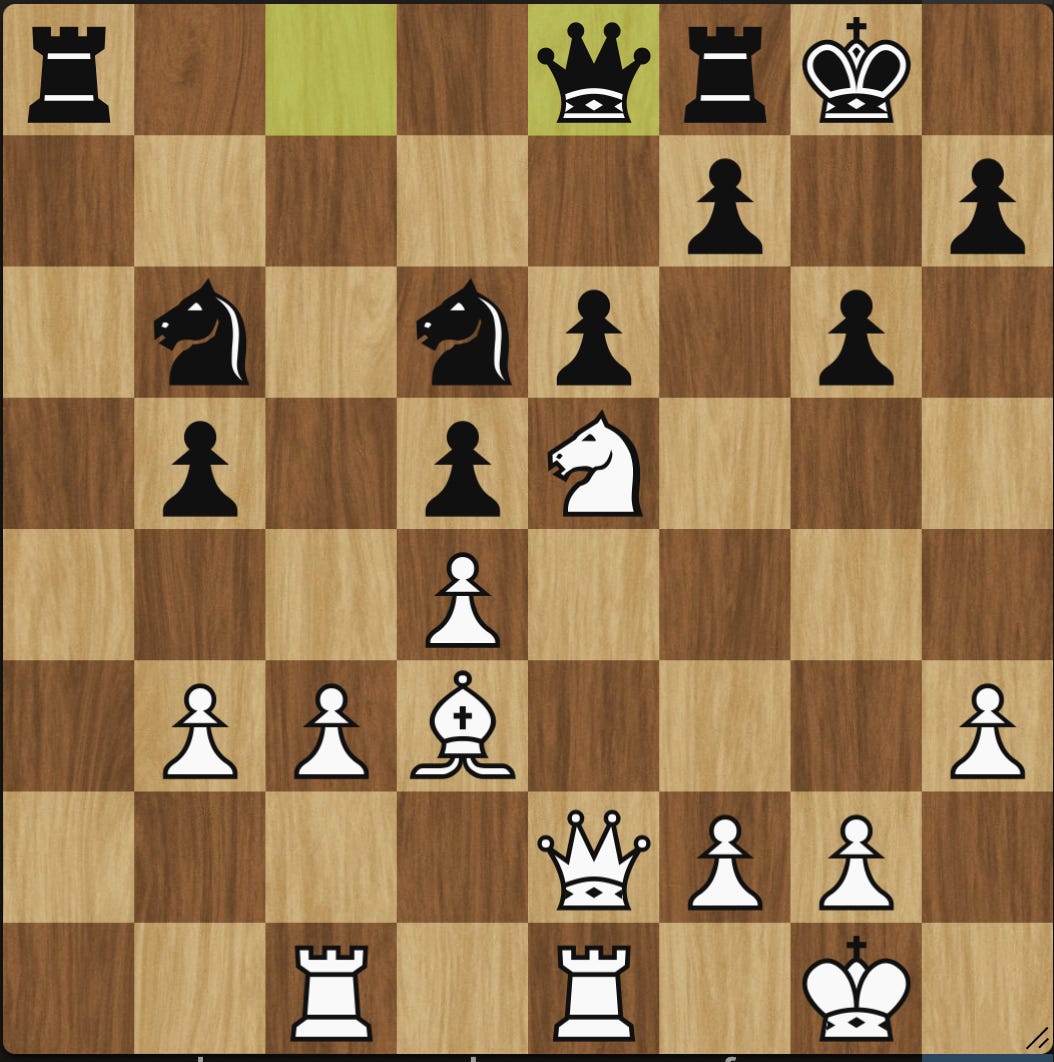
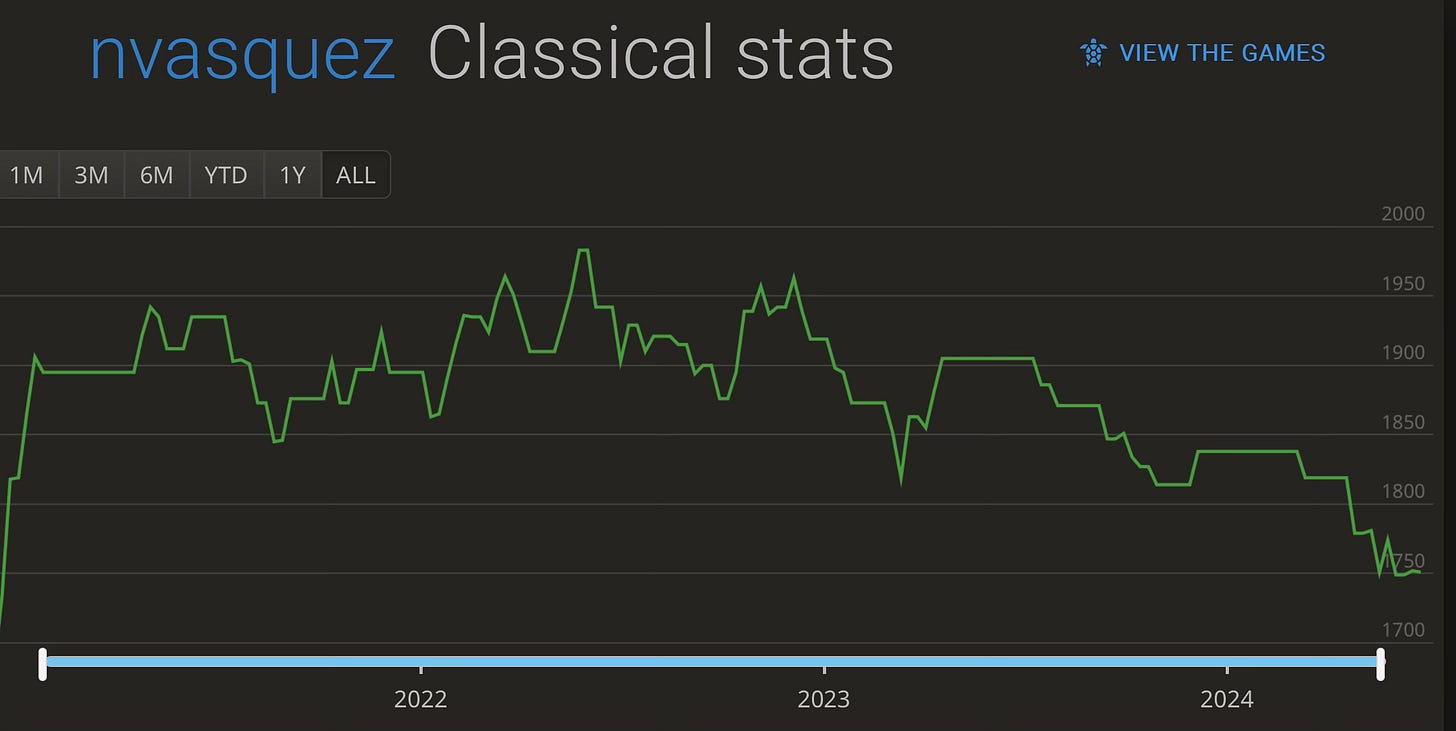
Excellent! Thanks!
Excellent post Nick.